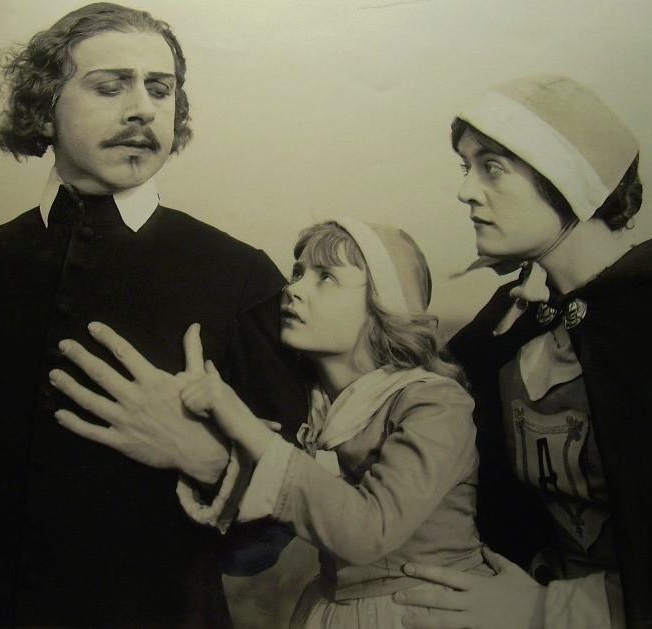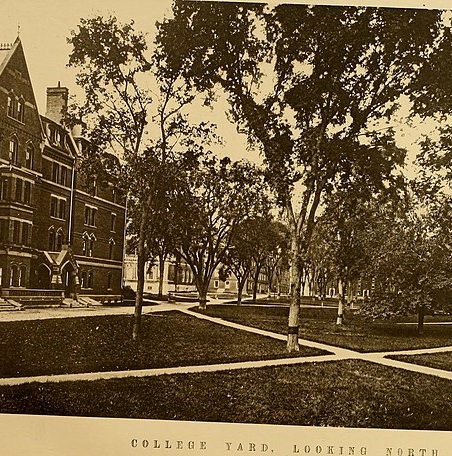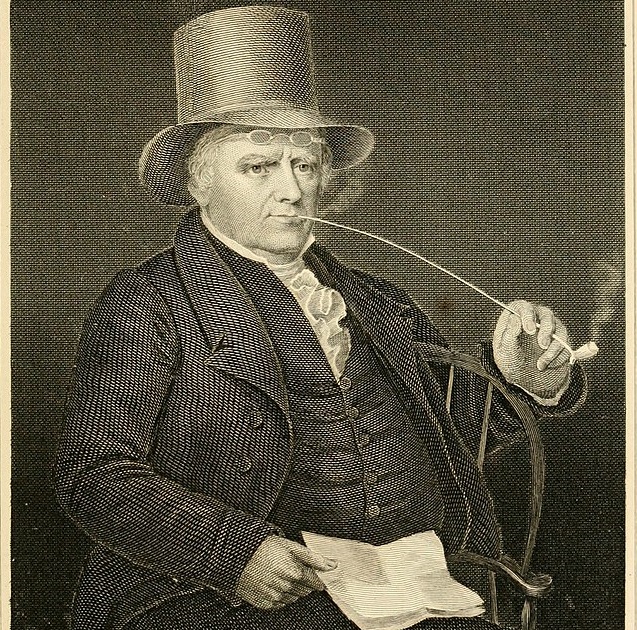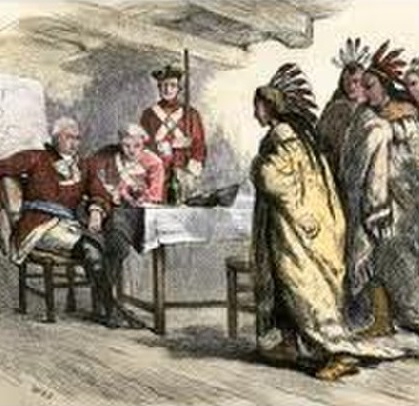
by Richard Subber | Aug 31, 2022 | Book reviews, Books, Joys of reading, Theater and play reviews
the movies ignore the real story…
Movie review:
The Scarlet Letter
by Nathaniel Hawthorne (1804-1864)
Published 1850
I watched three films based on Nathaniel Hawthorne’s iconic story, The Scarlet Letter. My small sample (there are at least nine movies based on the story) confirms that Hollywood really can’t stand the story as Hawthorne wrote it.
Read my review of Hawthorne’s book, click here.
In 1934 Colleen Moore played Hester Prynne and Hardie Albright played Rev. Arthur Dimmesdale in the tale about Puritan condemnation of adultery and children born out of wedlock. Hester is sentenced to wear an embroidered scarlet letter “A” on her bosom, and Dimmesdale endlessly rationalizes his decision to conceal his role as the mysterious father of little Pearl. The movie reflects the production limitations and typical dramatic direction in the 1930s—there’s a lot of staring into the camera, and crowded action scenes.
Meg Foster played Hester and John Heard played Dimmesdale in the 1979 TV miniseries about The Scarlet Letter. There are recognizable scenes from the book. The script is nondescript. It’s a ponderous distillation of Hawthorne’s words.
The 1996 version with Demi Moore as Hester and Gary Oldman as Dimmesdale apparently is the latest in the unsatisfying series of film versions of The Scarlet Letter. It is an almost lurid mal-adaptation of the book. The hot scenes featuring Hester and Dimmesdale attracted to each other are a complete invention—Hawthorne eschews any explicit reference or description of physical intimacy between his principal characters. Demi and Gary get it on, but it ain’t Hawthorne.
In all three films, the role of little Pearl is deliberately underplayed. The child is a principal factor in the story—her feelings, her joie de vivre, her contemplations, her maturation are fully explored in the book, and ignored in the movies.
The mental and emotional quagmires that are explored and endured by Hester and Dimmesdale are generally ignored in the movies. None of the movies uses the ending that fulfills the book.
In short, for my taste, if you want to claim that you are familiar with the themes, plot, and denouement of The Scarlet Letter, you have to read the book.
The movies are scandalously thin and false charades of the powerful drama of Hawthorne’s story that was published very successfully in 1850.
If you think you remember reading it a long time ago, try it again.
* * * * * *
Movie review. Copyright © Richard Carl Subber 2022 All rights reserved.
Book review: Shantung Compound
They didn’t care much
about each other…
by Langdon Gilkey
–
My first name was rain: A dreamery of poems with 53 free verse and haiku poems,
and the rest of my poetry books are for sale on Amazon (paperback and Kindle)
and free in Kindle Unlimited, search Amazon for “Richard Carl Subber”
* * * * * *

by Richard Subber | Aug 19, 2022 | American history, Book reviews, Books, History
Henry Adams was there…
Book review:
The United States in 1800
by Henry Adams
Ithaca, NY: Cornell University Press, 1955, 1966
132 pages
Henry Adams wrote a colossal History of the United States of America during the First Administration of Thomas Jefferson (1889).
This slim volume is the first six chapters of that history, and it’s doggone interesting reading even for the casual student of history. Adams offers a somewhat disconnected, but nevertheless insightful, potpourri of facts and personal observations about the people of the very young United States.
For example, he reports that in 1800 the organization and operation of Harvard College was not exactly what you would guess: the college had a president, a professor of theology, a professor of mathematics, a professor of Hebrew, and four tutors, and “the method of instruction [was] suited to children fourteen years of age; the instruction itself was poor, and the discipline was indifferent.” So much for a college education in 1800.
The United States in 1800 offers an apparently realistic and sometimes deprecating panorama of the people and culture of the United States in the early 19th century.
There’s no particular reason to think Adams didn’t really know what he was talking about.
* * * * * *
Book review. Copyright © Richard Carl Subber 2022 All rights reserved.
Book review: All The President’s Men
About the men and women
who crave power…
by Carl Bernstein and Bob Woodward
–
As with another eye: Poems of exactitude with 55 free verse and haiku poems,
and the rest of my poetry books are for sale on Amazon (paperback and Kindle)
and free in Kindle Unlimited, search Amazon for “Richard Carl Subber”
* * * * * *

by Richard Subber | Aug 6, 2022 | Book reviews, Books, Human Nature, Language
language is social cement…
Book review:
Grooming, Gossip, and the Evolution of Language
by Robin Dunbar (b1947)
British anthropologist and evolutionary psychologist
London: Faber and Faber Limited, 1996
Grooming, Gossip, and the Evolution of Language is a fascinating, comprehensive account of how human beings got language and what it’s good for.
Hint: our ape-like ancestors figured out that grooming wasn’t enough to maintain their social relationships in their reproductive groups, and language made it possible to increase group size (for safety) by substituting for the physical contact of grooming.
Dunbar offers detailed and persuasive guidance on how we manage our social and political (organizational) relationships, and shows that groups that are larger than 150 individuals are extremely difficult, if not impossible, to thrive in and manage. If your work group comprises more than 150 persons, roughly speaking, your boss can’t manage the group and team work isn’t feasible.
* * * * * *
Book review. Copyright © Richard Carl Subber 2022 All rights reserved.
American Character: A History of the Epic Struggle…
Colin Woodard makes it easier to understand…(book review)
–
Writing Rainbows: Poems for Grown-Ups with 59 free verse and haiku poems,
and the rest of my poetry books are for sale on Amazon (paperback and Kindle)
and free in Kindle Unlimited, search Amazon for “Richard Carl Subber”
* * * * * *

by Richard Subber | Jul 22, 2022 | American history, Book reviews, Books, Democracy, History, Politics, Power and inequality
Partisan politics, just like today…
Book review:
A Magnificent Catastrophe:
The Tumultuous Election of 1800,
America’s First Presidential Campaign
by Edward J. Larson
New York: Free Press, 2007
A Magnificent Catastrophe tells us about yet another nightmare in American history that we don’t know well enough.
Thomas Jefferson and John Adams went head to head in the first presidential campaign that was based on party politics and partisan venality and telling lies for political advantage.
In other words, just like today.
The election outcome in 1800 wasn’t clear cut—the politicians were at each other’s throats, and the public interest was lost in the shuffling.
Politics started getting its bad name more than 200 years ago.
* * * * * *
Book review. Copyright © Richard Carl Subber 2022 All rights reserved.
Book review: Forced Founders
by Woody Holton
The so-called “Founding Fathers”
weren’t the only ones
who helped to shape our independence…
–
As with another eye: Poems of exactitude with 55 free verse and haiku poems,
and the rest of my poetry books are for sale on Amazon (paperback and Kindle)
and free in Kindle Unlimited, search Amazon for “Richard Carl Subber”
* * * * * *
by Richard Subber | Jun 19, 2022 | American history, Book reviews, Books, History, Revolutionary War
more new learning…
Book review:
Empire of Liberty:
A History of the Early Republic, 1789-1815
by Gordon S. Wood (b1933)
New York: Oxford University Press, Inc., 2009
Empire of Liberty is a finely detailed and well-informed examination of the early years of the United States.
You can trust Gordon Wood to give it all he has, and to give you a lot of new learning.
This 778-page volume is part of the Oxford History of the United States.
If you can’t read it all at once, pick it up again soon.
* * * * * *
Book review. Copyright © Richard Carl Subber 2022 All rights reserved.
Book review: The Sea Runners
…it informs, it does not soar…
by Ivan Doig
–
My first name was rain: A dreamery of poems with 53 free verse and haiku poems,
and the rest of my poetry books are for sale on Amazon (paperback and Kindle)
and free in Kindle Unlimited, search Amazon for “Richard Carl Subber”
* * * * * *

by Richard Subber | Jun 13, 2022 | American history, Book reviews, Books, History, Politics, Revolutionary War
…before the so-called Founding Fathers…
Book review:
The Unknown American Revolution:
The Unruly Birth of Democracy
and the Struggle to Create America
by Gary B. Nash
New York: The Penguin Group: Viking, 2005
The Unknown American Revolution is chock full of facts you probably don’t know about the evolution of the revolutionary spirit in the American colonies.
Here’s a hint: the leather-apron men and other lower class members of what the elites contemptuously termed “the mob” had a lot to do with it.
Gary Nash gives a book full of details demonstrating that there was a whole lot happening in the decades before the shoot-out on Lexington Green and the wrangling in Philadelphia in June and July of 1776.
The point is: there were a whole lot more folks—men and women—involved in addition to the so-called Founding Fathers.
* * * * * *
Book review. Copyright © Richard Carl Subber 2022 All rights reserved.
Book review: The Comanche Empire
this is the other story of the American West…
–
Seeing far: Selected poems with 47 free verse and haiku poems,
and the rest of my poetry books are for sale on Amazon (paperback and Kindle)
and free in Kindle Unlimited, search Amazon for “Richard Carl Subber”
* * * * * *




